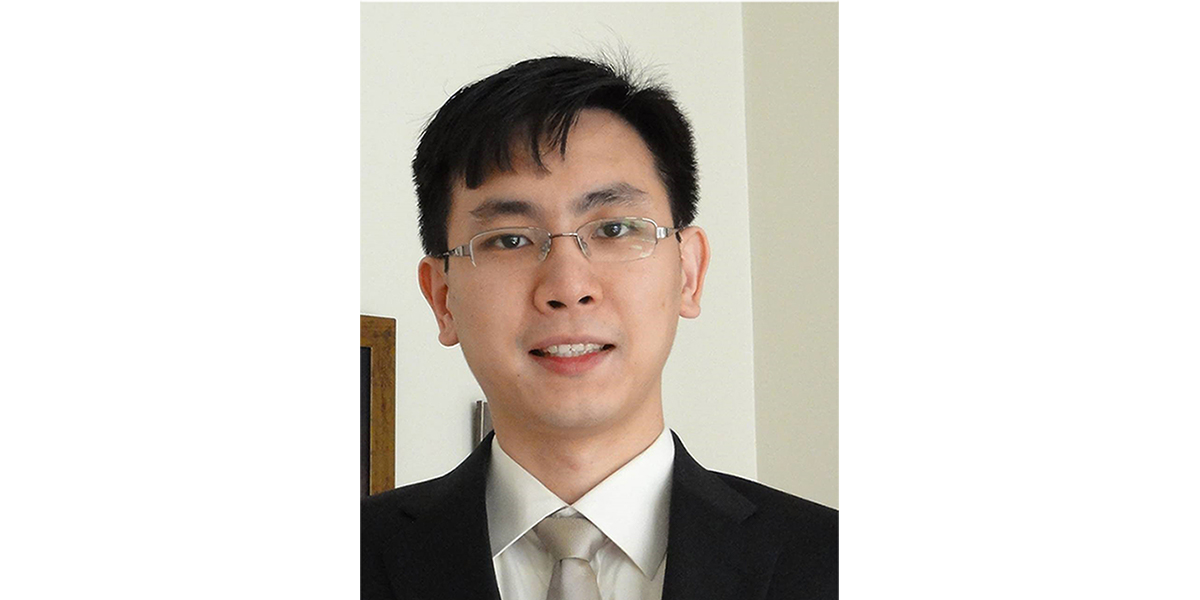Bacterial lipid trafficking and outer membrane homeostasis.
Speakers
Event series
Content navigation
Description

Gram-negative bacteria can survive in harsh environments in part because of the presence of the outer membrane (OM), which comprises lipopolysaccharides (LPS) and phospholipids (PLs) in the outer and inner leaflets, respectively. This asymmetric distribution of lipids renders the OM a very effective permeability barrier against toxic compounds, including bile salts and hydrophobic antibiotics. To build a stable OM with the requisite lipid asymmetry, the transport and assembly of LPS, PLs and OM proteins into the OM must be tightly coordinated. While assembly pathways for LPS and OM proteins have been well-characterized, the processes by which PLs are transported to and from the OM, and their coordination with these other systems, are much less understood. In this seminar, I will describe our work in understanding and characterizing two PL transport systems in Escherichia coli, and discuss how these systems function in maintaining lipid homeostasis in the OM.
Assistant Professor Shu-Sin Chng completed his Ph.D. degree in Chemistry and Chemical Biology at Harvard University in 2010, working with Professor Daniel Kahne on understanding the mechanisms of lipopolysaccharide transport and assembly in Gram-negative bacteria. After a short postdoctoral stint at the Harvard Medical School with Professor Jonathan Beckwith, Shu Sin returned to the National University of Singapore in 2011 as an Assistant Professor in the Department of Chemistry. His research group is interested in elucidating the mechanisms of inter-membrane lipid trafficking in Gram-negative bacteria and mycobacteria, and in identifying novel protein targets in these bacteria for the development of new antibiotics.
Location
Slatyer Seminar Room, RN Robertson Building (46), ANU
